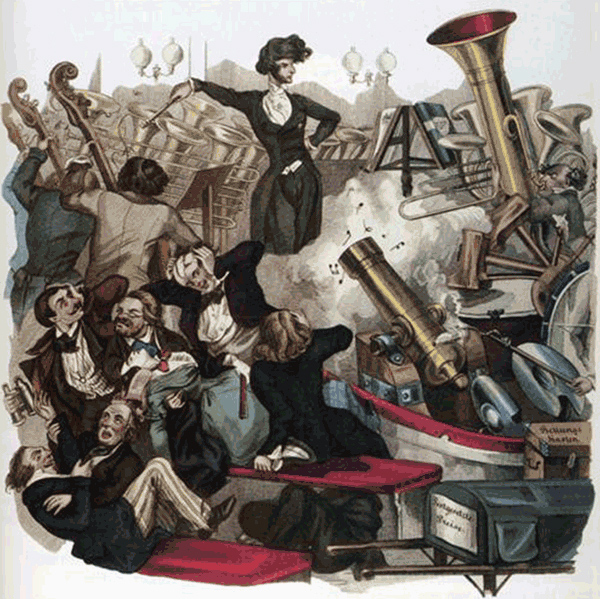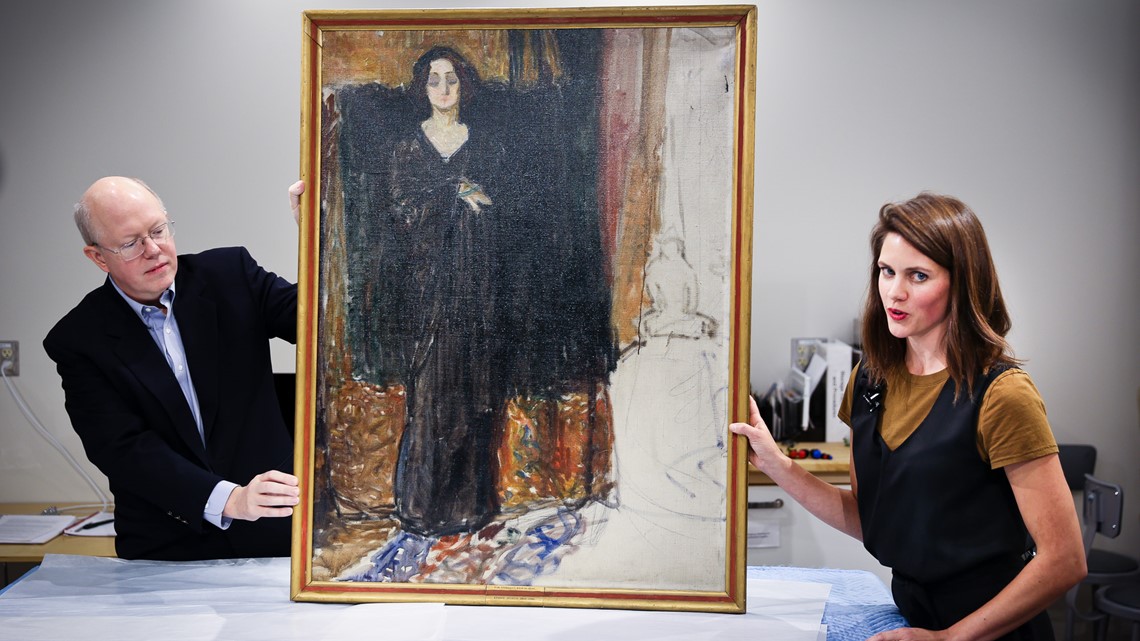By Andy Fein, Luthier at Fein Violins,
and Ivana Truong
 |
| A cartoon of Berlioz conducting, originally captioned "Fortunately the hall is solid... it can stand the strain!" |
But besides the murder-suicide plots, he was also pretty paranoid. So while the truth is questionable, here is a story from his memoir, of how his famous Requiem, the "Grande Messe des Morts," was almost sabotaged at its premiere.













